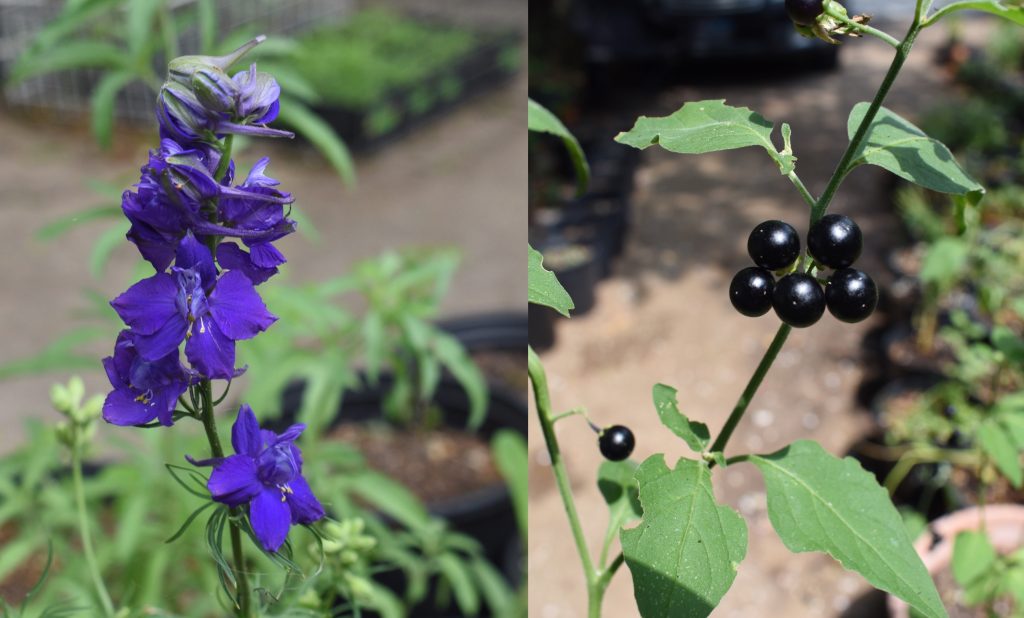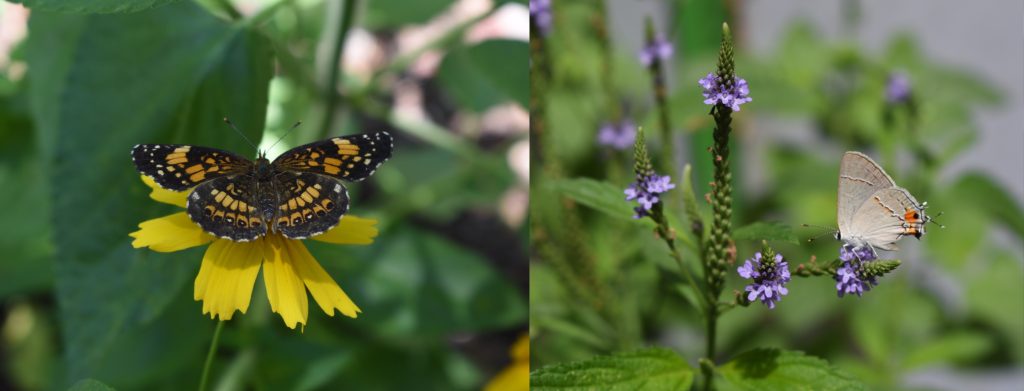One of the major focuses of this website will be growing native plants. A good question to begin with is why should we divide plants into natives and non-natives and favor growing one over the other? Plants are just plants, right? Long story short, yes but there’s more.
The native plants growing in your region are adapted to living there. There are adapted to the seasonal weather changes. They are adapted to the local soil types. And they are adapted to local wildlife and vice versa. As a gardener, you will find most native plants easy to establish and require less maintenance than non-natives. This is especially true of perennial plants — plants that live for more than one year. After their first year, during which they made need a little attention, perennials will often flourish without any intervention.
Native plants generally require less water than non-native plants. This is especially true for native plants adapted to living in prairies, open fields, or drought-prone regions. Of course, some natives live next to streams or ponds, and their water requirements reflect that. Knowing the microenvironment a plant lives in can help you decide what to plant where on your property. However, on average, you will need to water native plants less than non-native plants — especially those bred to be showy landscaping plants.
Native plants generally require less fertilizer than non-natives. They are adapted to living in soil that has not been amended by humans, unlike many landscaping plants. They also generally do not require pesticides. Native plants have insect pests, of course. They and the insects that feed on them have coevolved for long periods of times, up to hundreds of millions of year. But those pests also have native predators, including insect predators — such as ladybugs, preying mantises, and robber flies. They also have other predators. Many birds are insectivourous. So are many bats. So are many small reptiles. (I have a thriving population of Texas spiny lizards living in and around my garden.) And of course, spiders eat insects.
If you have a typical suburban lawn (of non-native grass) and non-native landscaping plants, you can start small and simply subsitute some natives in your flower beds in the spring. Plant a ring of natives around your vegetable garden or between rows. Surround tree trunks with a ring of native plants or expand your flower beds to take up more room in your yard. Even making small changes can help your local environment and make your life as a gardener easier.
Native plants are connected to other species in your region in a way non-natives are not. A native plant may be a host plant for a butterfly. It may provide nectar to a bee, butterfly, or hummingbird — and in turn these animals will pollinate other plants. It may provide seeds for a seed-eating bird. It may draw in insects that insectivorous birds, bats, lizards, spiders, or other insects can feed on. Taller native plants provide perches for insect predators to survey your garden.
Having insects — and hence insect predators — in your yard and garden can also help you enjoy being outdoors more. If you have a typical suburban lawn and non-native landscaping plants, your yard and garden can easily get overun by mosquitoes or flies. Mosquitoes feed on blood, of course. And flies lay their eggs in dead animals, feces, or rotting food. As such, what you plant in your yard or garden isn’t going to attract or deter them. However, if you have a healthy population of insect predators around your house, they can knock the numbers of these insects down substantially — making spending time outdoors in the evenings more enjoyable.
Planting natives plants does a lot to help your local environment. And they also require less care, water, and fertilizer — allowing you, the gardener, more time for other things (such as planting a larger garden).








Speak Your Mind